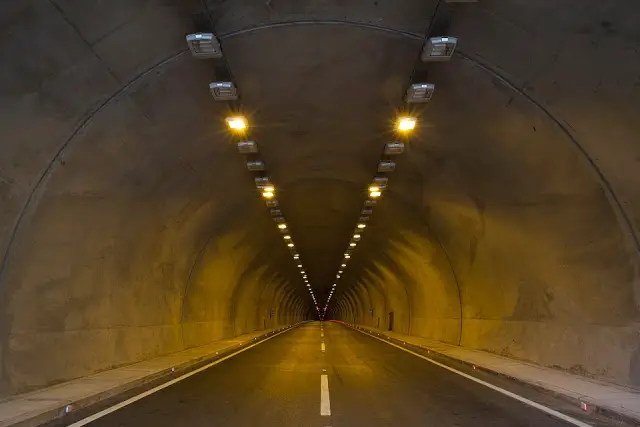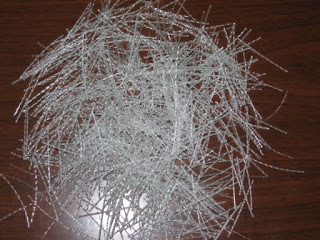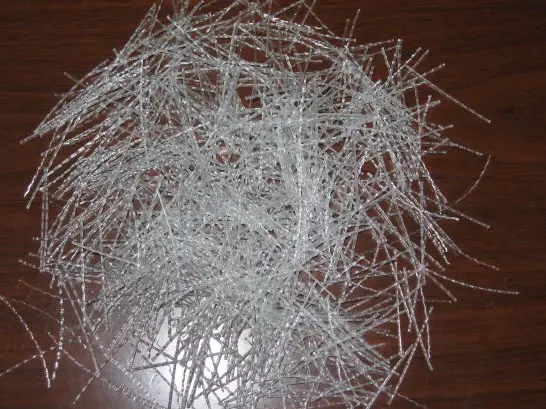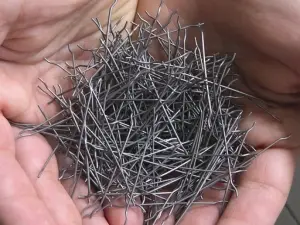Determine Liquid Limit of Soil Specimen by Casagrande Method
The liquid limit test of soil is a laboratory test used to measure the liquid…
High Strain Dynamic Pile Testing by Pile Driving Analyzer (PDA)
High strain dynamic testing is a method of testing deep foundations to obtain information about…
Pile Design and Construction Practice Book PDF by Michael Tomlinson & John Woodward
Piling rigs are a common place feature on building sites in cities and towns today.…
Pile Foundation Construction Procedure
We have already defined the pile foundation, its type and importance in case of low…
Difference between End Bearing Piles and Skin Friction Piles.
Deep foundation especially pile foundation is best suited and mostly used for a low bearing…
Advantages and Disadvantages of Cast in Situ Concrete Piles
Cast In Situ is a term meaning a construction item or structural member like a…
What is Underpinning? Methods and Procedures for Foundation Repair
A resilient and robust foundation is a sure way to guarantee a stable structure that…
Tunnels and their stability mechanisms
Tunnels and their stability mechanismsIntroductionTunnels can be defined as underground construction for the connection between…
Stepped foundation – Construction process – Techniques – Benefits
If you have ever stood on the side of a hill and looked at houses…







